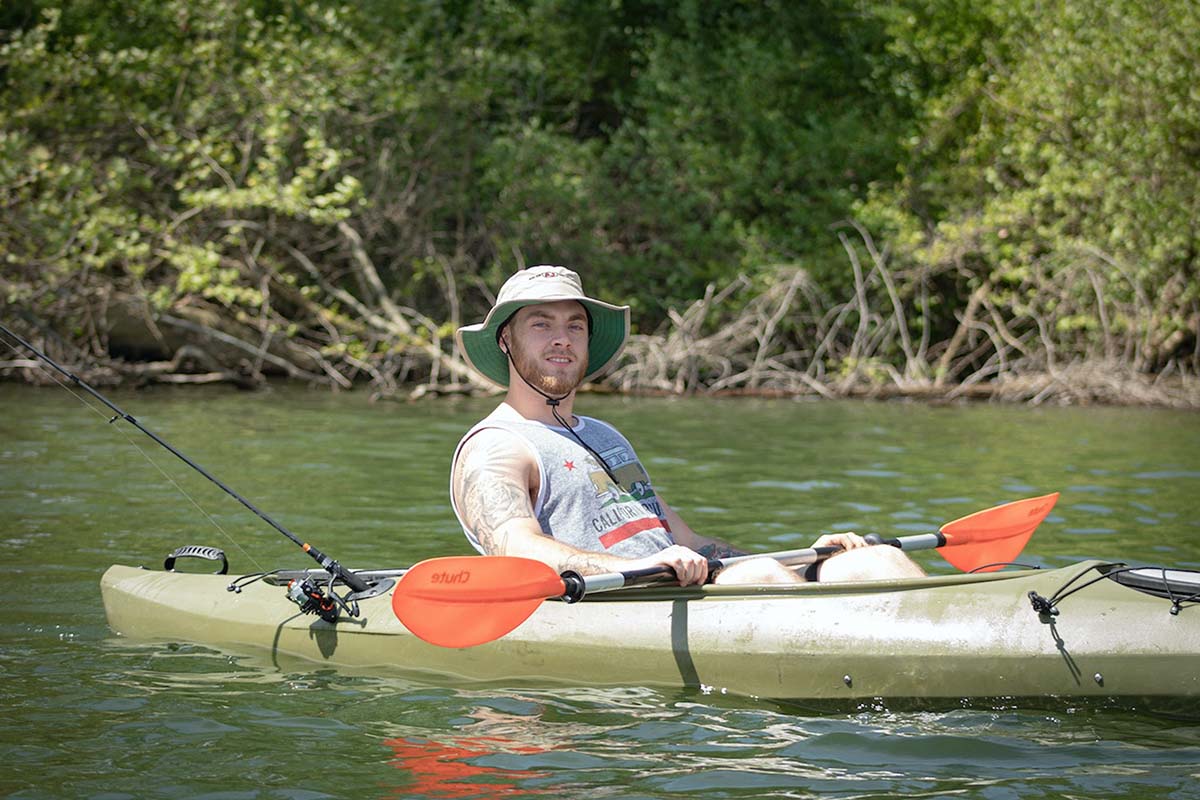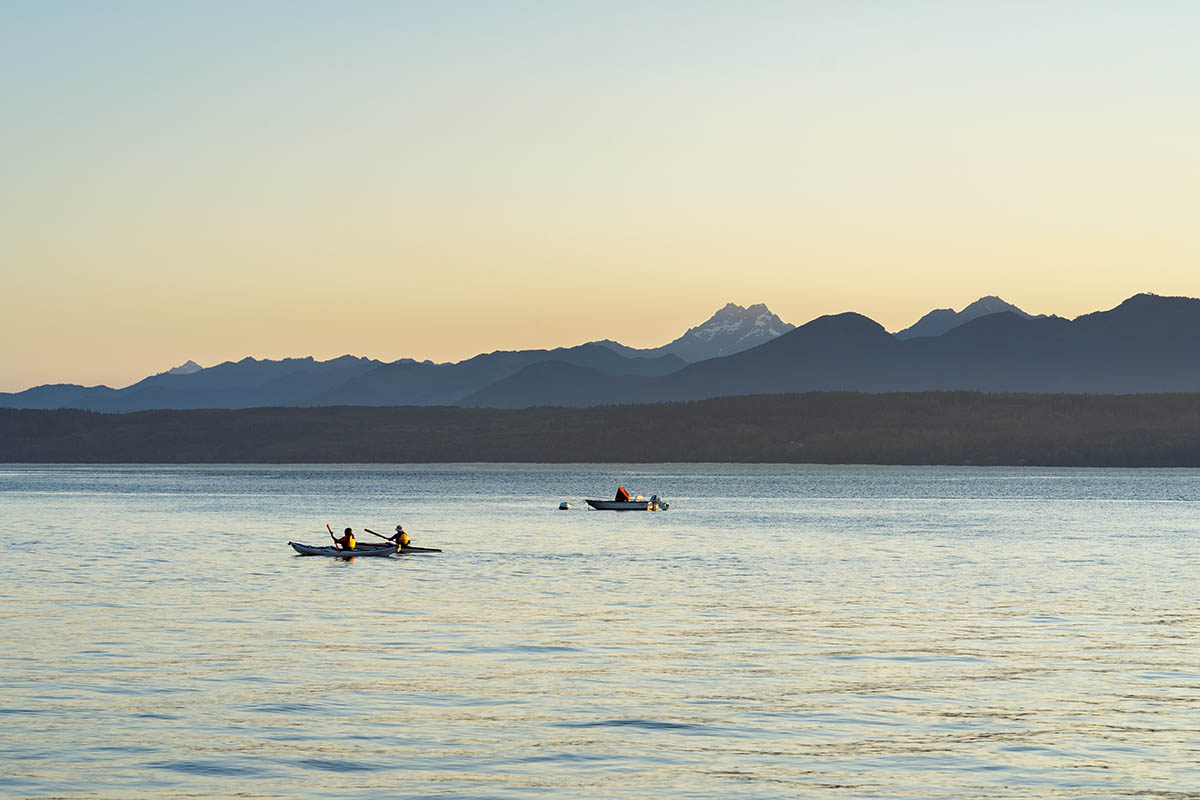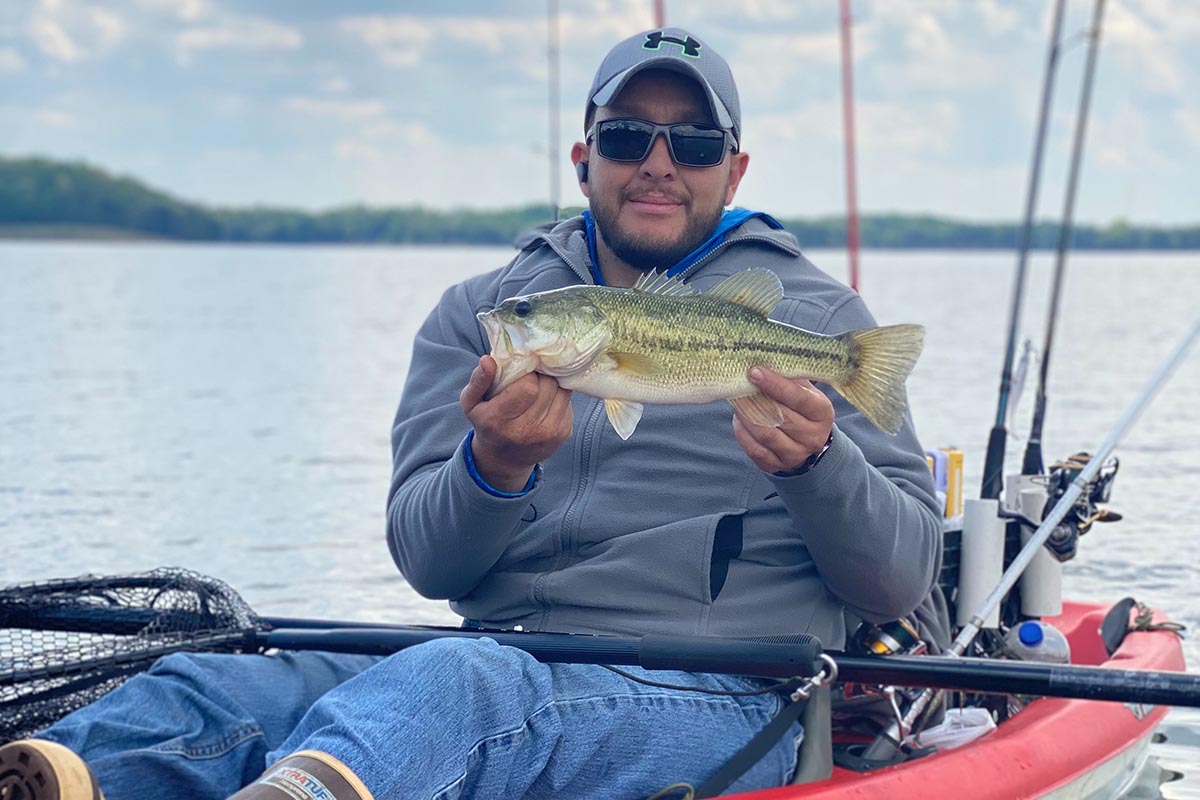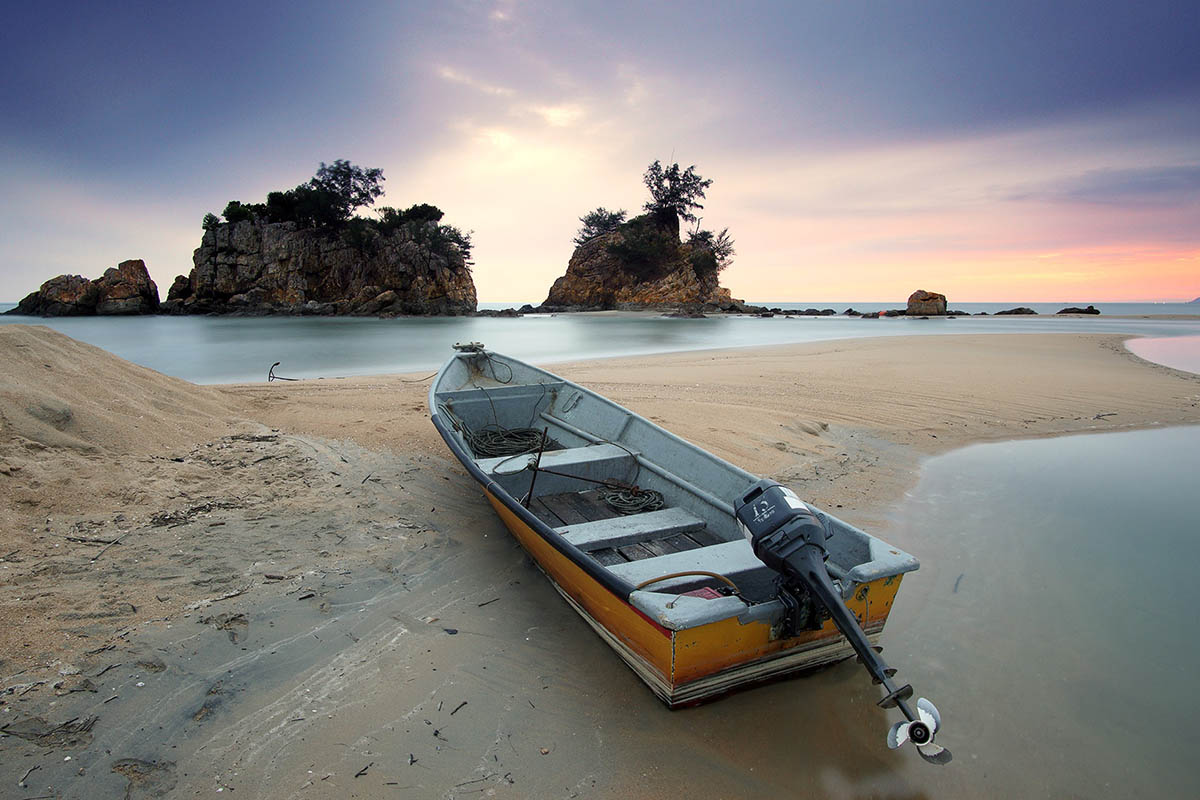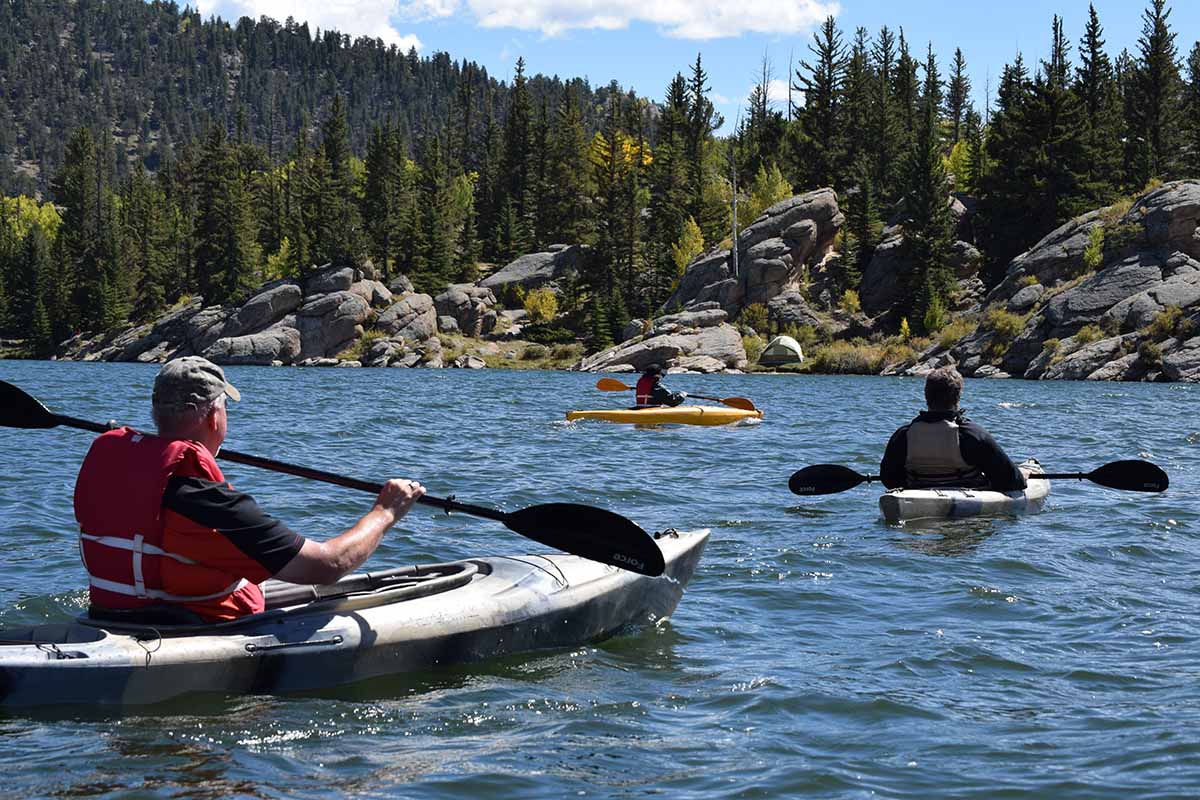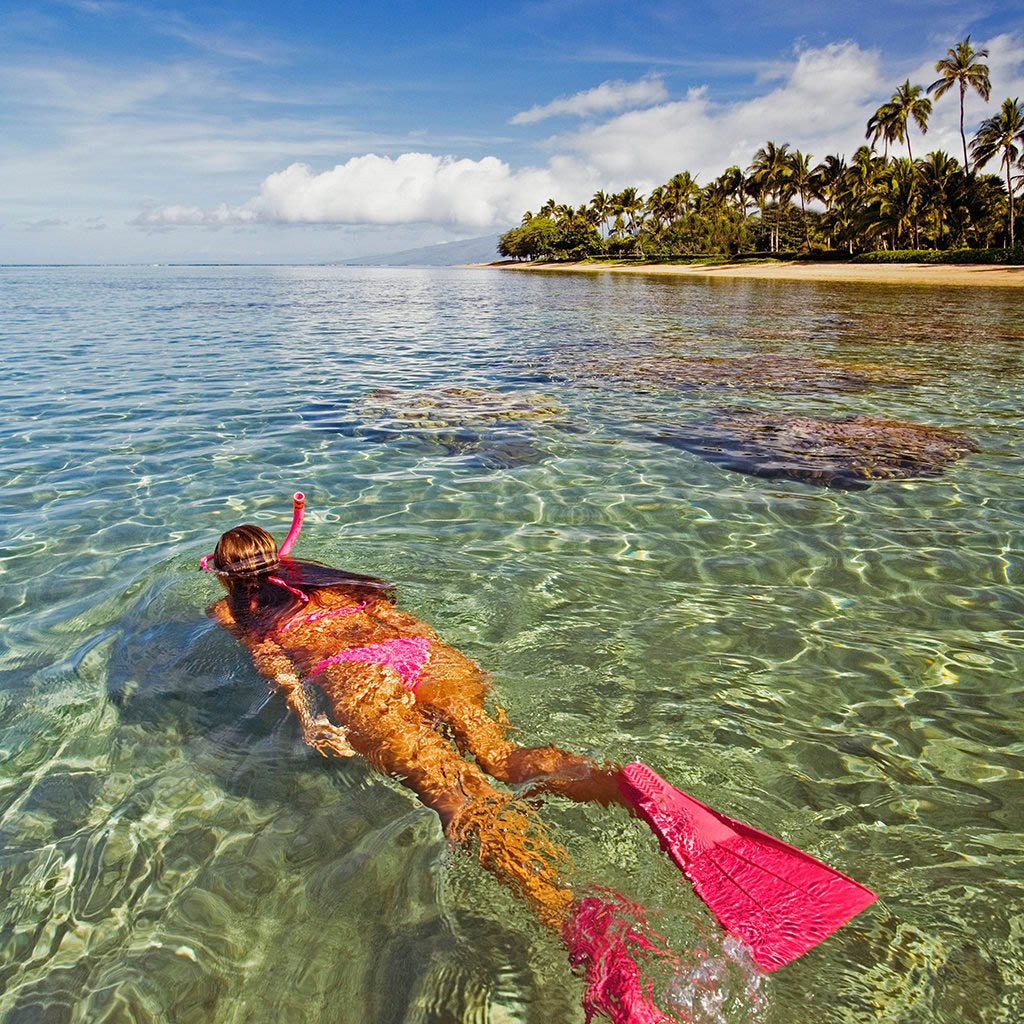Essential Items for a Tackle Box When Fishing from a Kayak
Although your kayak, rod reel, and paddle are all necessary for kayak fishing, you’ll also need a tackle box to store the baits you’ll use.
A well-stocked tackle box will aid you in catching fish more frequently than one that is under-or over-stocked.
If you’re a beginner kayak angler, however, you might find yourself overstocking or understocking your tackle box.
Your chances of catching a fish are slim if you don’t stock it properly. Even if you do catch something, it may be smaller than you expected or chew up more of your fishing line than you intended.
Fortunately, we’ll go over the most important fishing equipment to have in your kayak fishing tackle box.
10 Essential Kayak Fishing Tackle Box Items: A fishing license
Always remember to bring your fishing license with you and keep it in the tackle box. In most areas, you won’t be able to fish without it, and if you don’t have it, you might have to pay a hefty fine.
A responsible angler is someone who is willing to contribute to the preservation of the surrounding environment and the protection of recreational opportunities such as fishing and boating.
Extra fishing lines
Things don’t always go the way you plan them to in real life.
Either your fishing line will break or it will become entangled in one of the many underwater structures.
It is in your best interest to be ready for such an event by keeping an extra line in your tackle box so that you can continue fishing even if the worst-case scenario comes to pass.
If you are fishing in lakes with a high level of clarity, you should use a thin and transparent line, such as a fluorocarbon fishing line.
If you are fishing in waters with a high level of roughness, you should use a thick and durable line like braided lines.
Additional hooks
When going fishing, catching something isn’t the only thing that counts as a success.
The significance of the hook that is tied at the end of the line cannot be overstated. And when your lines break, you lose your catch.
Therefore, it is important to stock up on various kinds of hooks, including colors and sizes, in order to ensure that you are prepared for a variety of catches.
If the size is essential to you, make sure to get them in various sizes. You don’t want your hook to get caught on a big fish if it’s only a small one because you’ll lose it!
Bobbers/Floaters
The use of bobbers not only alerts anglers when a fish has taken the bait on their lines but also keeps the bait from sinking to the bottom, where it could become entangled in the surrounding underwater structures.
The bobber creates the illusion of swimming freely across the surface of the water while moving with the current, which encourages fish to bite it. When a fish strikes, the lure sinks, indicating that it is the appropriate time to reel it in.
Since bobbers, like hooks, have a chance of getting misplaced in the currents, many anglers find it more convenient to keep a supply of extras in their tackle box.
However, because they are so simple to set up, round bobbers are a popular choice among anglers. However, because of their shape, they can restrict how far your line can be casted.
It is possible to adjust slip bobbers by sliding them up or down; however, rigging your lure in this manner might take more time than using round bobbers.
Sinkers
You should always have some extra sinkers on hand in case your line snaps, your bobbers fall off, or your hooks get lost in the water.
You will need to add some weight to the lines and baits in order for them to have sufficient weight to sink deeply to the spot where the fish are biting.
Sinkers are fastened to the fishing rig so that they can add the necessary weight to your line.
This enables the line to descend to the depths of the water where fish are more likely to bite.
Extra lures and live baits
You do not have to call it a day just because you are out of lures or baits because you are unable to catch any more fish during your fishing trip.
Always make sure you have a variety of lures and live baits on hand, and make your selections based on the type of fishing you intend to do.
When you intend to fish in waters that are brighter and clearer, bring live bait with you, and carry colorful lures with you when you plan to fish in waters that are darker and colder.
Tools
When venturing out on the water to do some kayak fishing, you can bring an almost endless variety of fishing gear with you. However, in order to avoid carrying around extra weight, you should limit your purchases to the necessities. The following are important items that should be kept in your tackle box:
- Line cutter (knife or nail clippers) – Your fishing lines may become entangled underwater, and the only way to free them is to cut them. In this scenario, you are going to require a line cutter, which can be anything from a knife to nail clippers or even a pair of scissors.
- Fillet knife – Besides cutting fishing lines, a knife is required to gut the fish.
- Needle nose pliers are required to bend or twist metal components of your fishing equipment. It’s also useful for unhooking the fish.
- First aid kit – A first aid kit is essential for any backcountry trip, but especially when fishing. You will be exposed to injuries as you work with fish teeth, sharp tools, and tackles such as knives, nail clippers, and hooks. It doesn’t have to be fancy; for angling-related injuries, include waterproof medical tapes, small bandages, Neosporin, and band-aids.
- A set of swivels – You’ll need a swivel to untwist your lines, tie complex hooks, and easily swap out lures.
Sunscreen and insect repellent
If you do not put your sunscreen and insect repellent in the tackle box, it will be much easier for you to forget to bring them along.
You will be exposed to the sun for a significant amount of time, and you should put sunscreen on any exposed skin so that you do not get burnt, which can increase your risk of developing skin cancer.
By using insect repellent, you will be safe from the insects that are usually found near water.
Sunglasses and an extra hat
If you do not keep your fishing hat and sunglasses in the tackle box, you run the risk of forgetting to bring them with you when you head out to your fishing spot, which could make for a frustrating experience.
Sunglasses shield your eyes from the sun’s potentially damaging rays while also allowing you to see clearly what’s happening around you.
In addition to that, you should bring a hat with you so that you can protect your face from the sun.
Snacks
If you plan on fishing all day, you’ll need to make sure you have enough energy.
Keep some non-perishable snacks in the tackle box at all times, even though you can transport them in a separate container.
Final Thoughts
To ensure that you are well-prepared for your next fishing trip, you will need to organize and pack your gear with care.
You should make sure to include the above-mentioned necessities in your tackle box once you have obtained them.
This will ensure that you are always prepared to grab it and go on the next fishing trip that you go on.
If you intend to go fishing from a sea kayak, you should think about bringing a saltwater tackle box with you so that it can withstand the elements.
